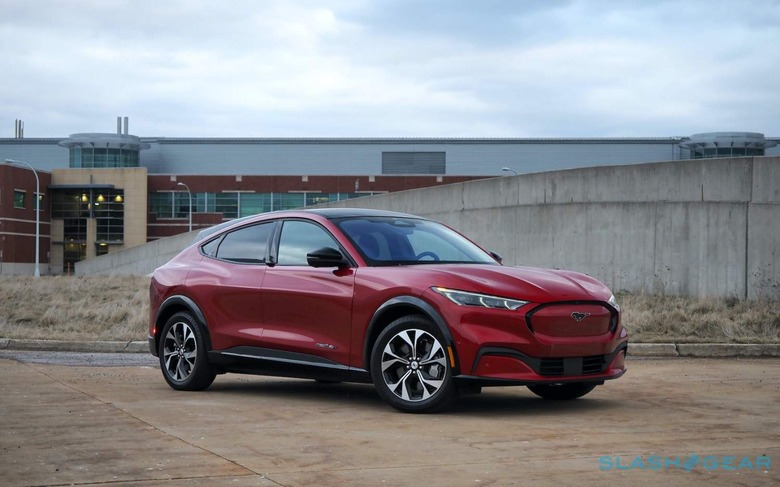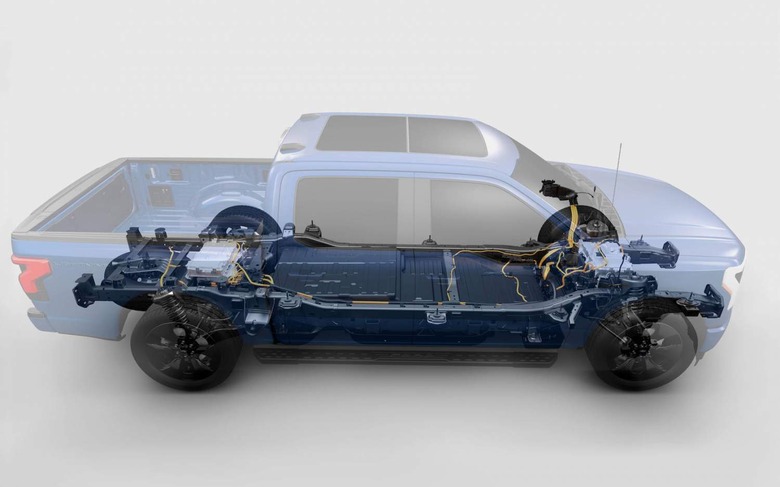Ford EV Spend Swells To $30bn As Electric Pickup Reservations Pass 70k
Ford has dramatically increased the amount it plans to spend on EVs, bumping the figure to $30+ billion by 2025 as it crashes through another reservation milestone for the new F-150 Lightning all-electric pickup. The increase comes as the automaker predicts 40-percent of its global sales volume to be all-electric by 2030, a goal which will involve expansive investment in platform, battery, and connected vehicle tech.
That process is already underway, of course. Ford launched the Mustang Mach-E, its all-electric crossover, last year; the E-Transit, an electric version of the best-selling van, will arrive on roads later in 2021. Come 2022, the new F-150 Lightning will go into production, promising up to 300 miles of EPA range and flexible features like the ability to power a house or a worksite by using the EV as a vast battery on wheels.

It's an expensive and potentially risky transition, particularly with Ford using some of its most popular nameplates for its new electric vehicles. The decision to use the Mustang brand for the all-electric crossover, for example, was a controversial one. However, the automaker says that 70-percent of Mustang Mach-E buyers so far have been new to Ford.
As for the F-150 Lightning, reservations began a week ago and are now in excess of 70,000, Ford confirmed today. Not all of those will necessarily convert to sales, of course, with the $100 placeholder deposit fully refundable. Order books open in the fall.
Elsewhere, Ford is opening a new battery-focused facility – Ford Ion Park – and inking new joint ventures and deals for solid-state and other battery technology. Ford aims to design, engineer, and manufacture its own batteries, a category which is generally seen as being a key bottleneck for EV acceleration.
It's part of a broader technology push that will also see a dramatic uptick in connected vehicles. Ford says that, by the end of 2021, it aims to have around a million vehicles capable of receiving OTA (over-the-air) updates, for example; by July 2022 it should've exceeded Tesla's volume of so-equipped cars, Ford predicts. By 2028, 33 million Ford and Lincoln vehicles should be OTA-ready.

In the shorter term, though, Ford's EV strategy does face some inevitable hurdles. In the US, for example, the federal tax incentive for electric vehicles will at some point run out. Ford has said it expects to at least begin F-150 Lightning sales before it hits the 200,000 EV milestone after which incentives are reduced, but it's unclear how many customers will actually be able to take advantage of the $7,500 benefit.
Beyond that, though there have been calls for the Biden Administration to expand the EV incentive scheme once more, Ford will eventually find itself in the same position as GM and Tesla. Both those automakers have faced pressure to reduce EV pricing to offset the dwindling government incentives.
